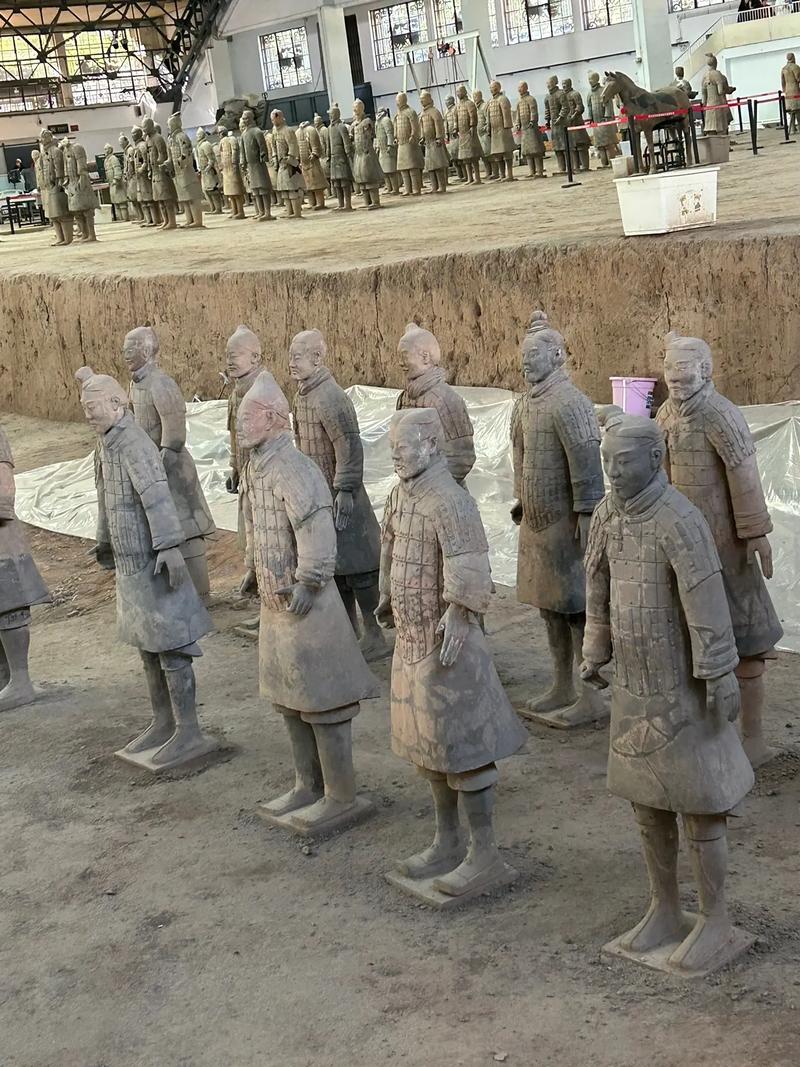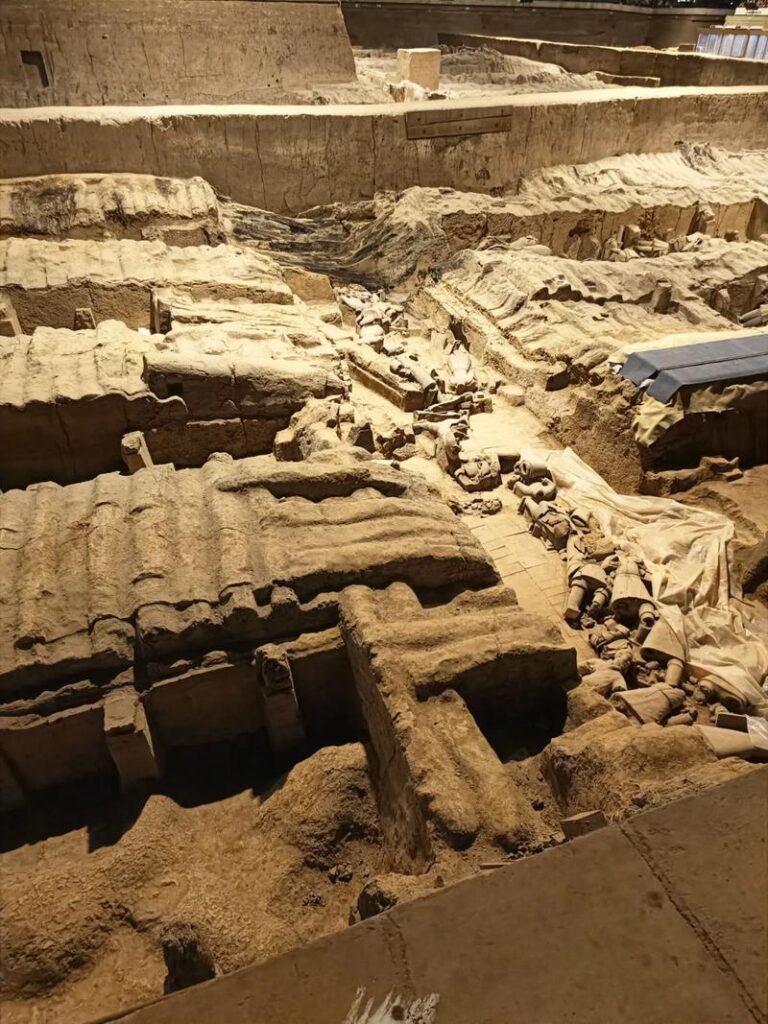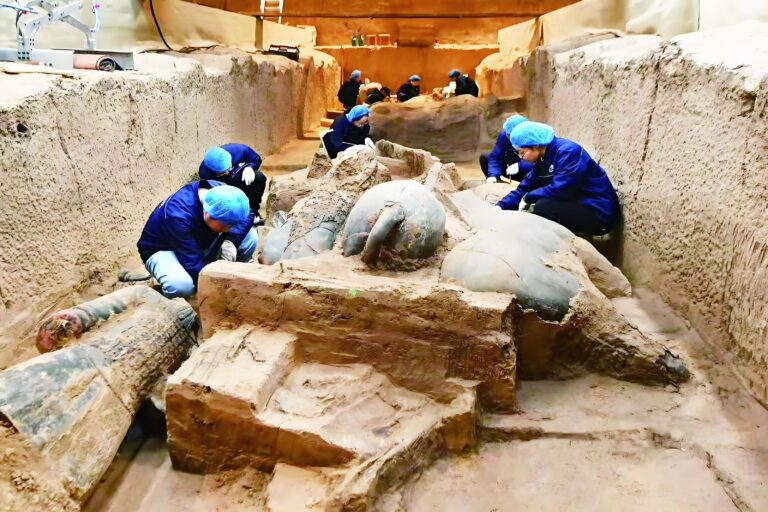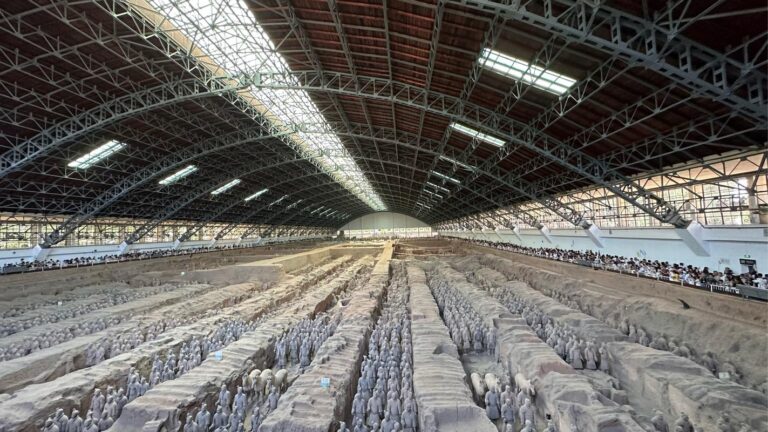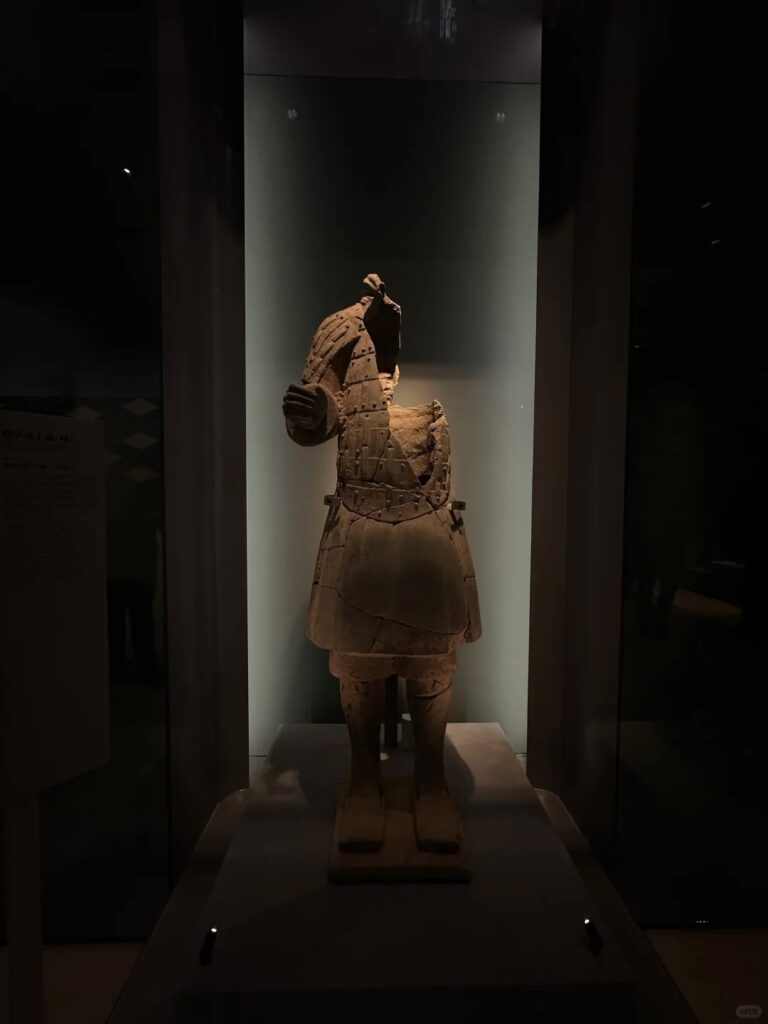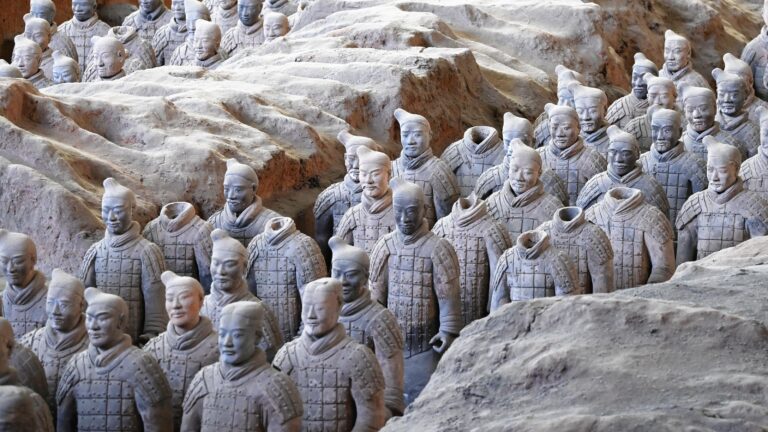How much is one terracotta soldier worth?
How Much Is a Terracotta Warrior Worth? The Real Value Behind China’s Ancient Army
Standing before the Terracotta Army in Xi’an, many American visitors wonder: “If one of these statues went to auction, what would it sell for?” Let’s unpack this fascinating question—where money meets history.
The Black Market Myth: Why “$4.5 Million” Isn’t Real
When a U.S. man broke a warrior’s finger in 2017, prosecutors shocked the court by valuing it at $4.5 million. But this number is pure legal fiction:
- Based on China’s law: Terracotta Warriors are “National Treasures” — illegal to sell or export.
- Calculated like U.S. “replacement values” under the National Stolen Property Act (used for sentencing thieves).
- Includes penalties for damaging “priceless” heritage — not actual market value.
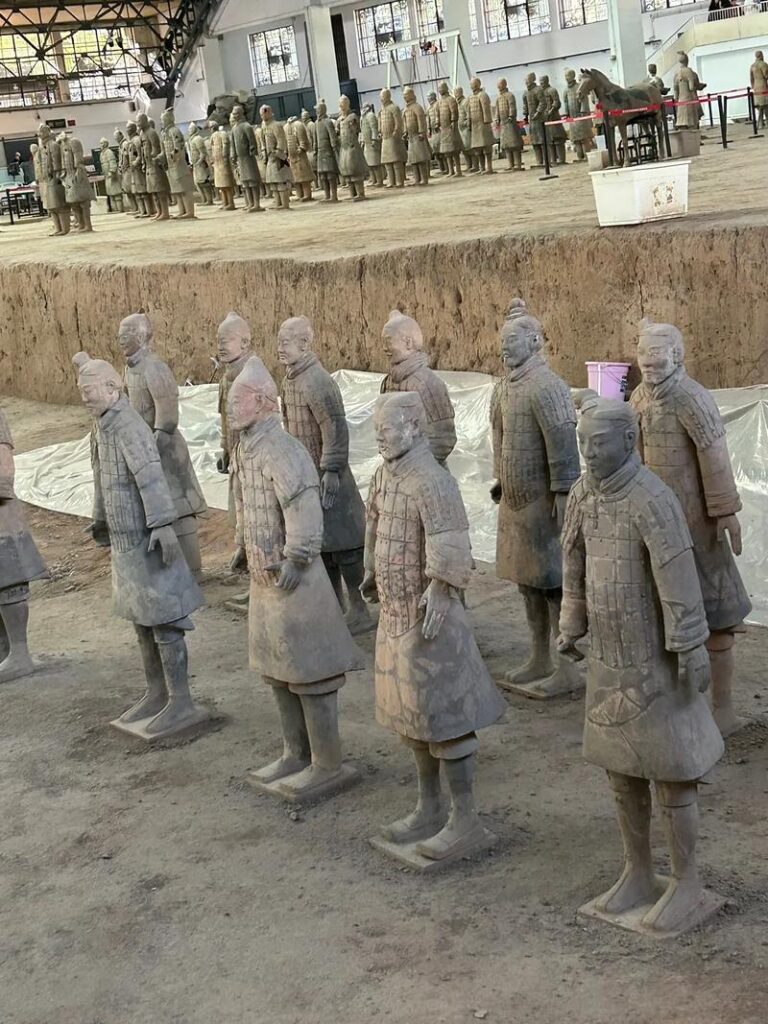
The Real Price Tag: What Science Reveals
While originals can’t be bought, restoring one costs a fortune. Archaeologists’ lab data shows:
| Restoration Step | Time Required | Estimated Cost |
|---|---|---|
| Sorting Fragments | 3-6 months | $12,000 |
| Lab Analysis (CT scans/X-rays) | 2 weeks | $8,500 |
| 3D Modeling | 1 month | $15,000 |
| Physical Reassembly | 6-12 months | $60,000 |
| Color Preservation | 3 months | $32,000 |
| Structural Support | 2 months | $18,000 |
Total: Over $145,500 — a middle-class American’s annual income! And this excludes the original labor cost from 2200 years ago.
Why Museums Say: “Priceless”
Forget dollars—these warriors are human history books:
- Fingerprints of 87 individual artisans are preserved in the clay.
- Nail marks reveal lost Qin Dynasty tools.
- Knee patterns on kneeling archers show forgotten armor-weaving techniques.
Their true value? As:
- Military History’s Blueprint: The world’s earliest mass-production system.
- Art History Milestone: Lifelike sculpture centuries before ancient Greece.
- Tech Mystery: Clay recipe still not fully decoded.
As the British Museum’s China curator stated: “A single warrior’s value equals Tutankhamun’s mask—both are proof of civilization’s dawn.”
What You Can Legally Buy
While real warriors stay in China, take home a piece of history:
Authentic Replicas (Museum-Licensed):
- Miniature figures (with certificate): $200–$1,200
- Artist hand-crafted reproductions: $500–$5,000
- Full-size 3D-printed models: $150–$800
Stark Reality Check:
- A Ming Dynasty vase sold for $21 million in NYC (2018)
- The highest-priced replica Qin statue? $8,700
- Replicas hold <0.01% of a real warrior’s value without archaeological context.
The Billion-Dollar Offer (That Failed)
In 2014, reality confirmed what museums know:
- A French tycoon offered €200 million ($220M) for one general statue.
- China’s response: “All the wealth in the world can’t buy one grain of its clay.”
- That same year, China banned all sales of national treasures.
Perspective:
- Da Vinci’s Salvator Mundi: $450 million
- Mona Lisa insurance value: $870 million
- Terracotta Warriors? They reject the money game entirely—a core East-West cultural difference.
How to “Take Home” Their Value (Legally!)
In Xi’an:
- Visit the “Warrior Hospital”: Watch restorers piece together fragments (Free entry).
- Sculpt Your Own: Make a mini-warrior at a workshop ($30, shipped post-firing).
- Buy a Digital NFT: Official virtual collectibles ($50+).
Back in the U.S.:
- See Qin-era statues (non-terracotta army) at Boston’s Museum of Fine Arts.
- Compare Greek/Roman sculptures at NYC’s Met Museum.
- Explore 3D warrior scans: Digital Dunhuang’s online archive.
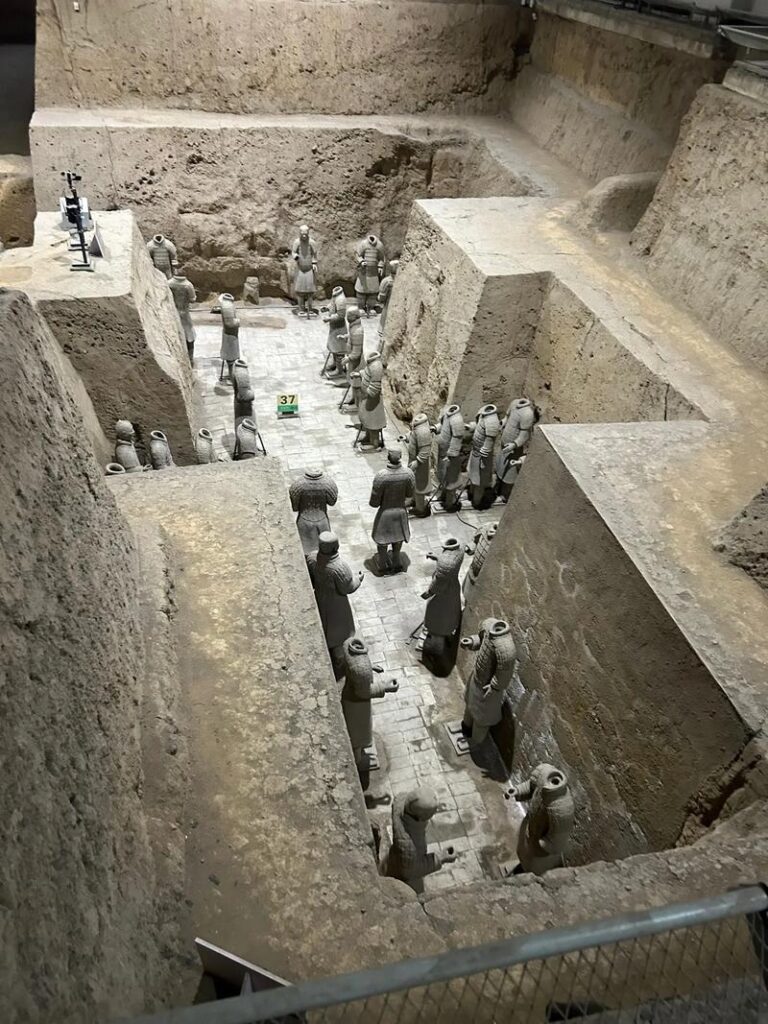
The Final Answer: Beyond Money
These clay soldiers teach us:
- Their “price” only exists in courtroom dramas.
- Their true value has three layers:
- Time Capsule: Capturing 220 BC human genius.
- Knowledge Vault: Holding lost ancient tech.
- Cultural DNA: Defining Chinese identity.
As former French President Jacques Chirac said: “No true visit to Egypt without pyramids. No true visit to China without the Terracotta Warriors.” Some treasures are beyond value—because they belong to humanity.
True pricelessness is when even calling it “priceless” feels too small.

